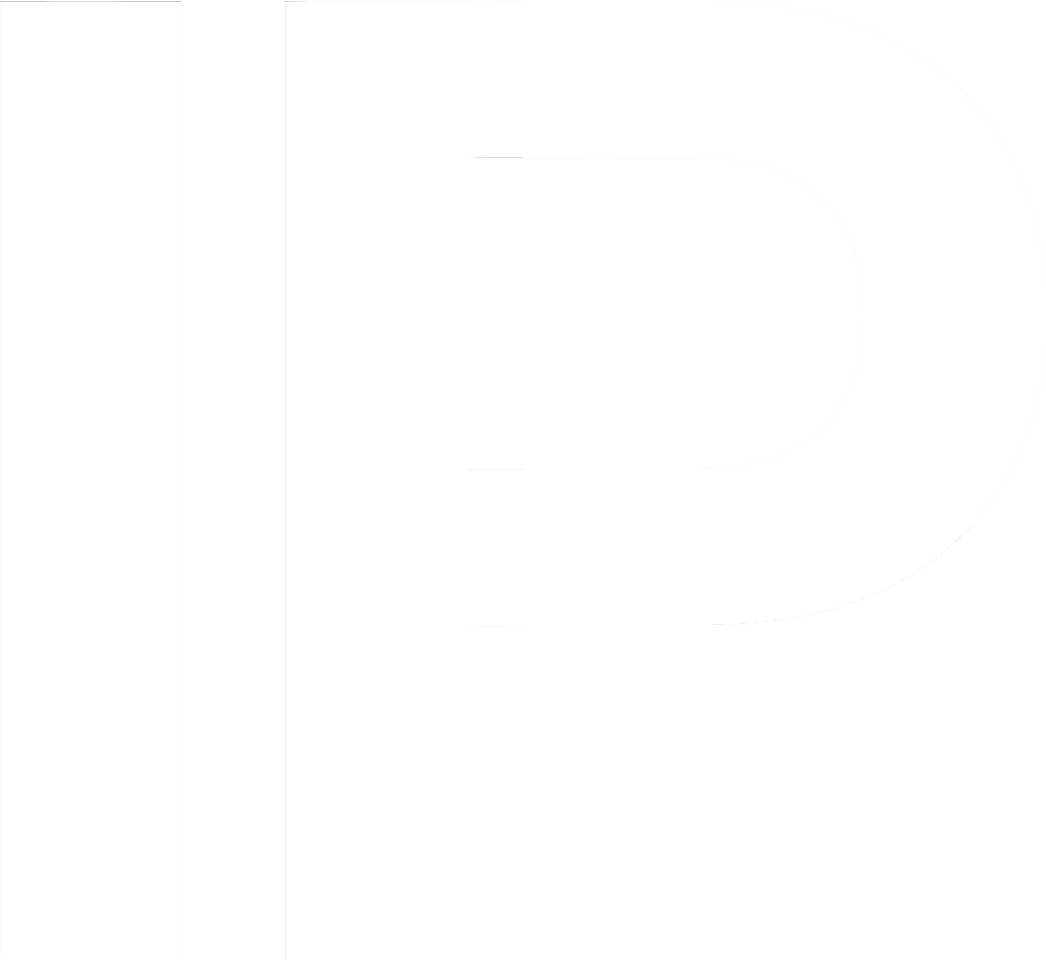
 Budapest Treaty
Budapest Treaty
Article 27(3)(b) of the TRIPS agreement allows for patenting microorganisms and non-biological and microbiological processes. However, securing a patent for live organisms that have some use in medical, agricultural, and other fields involves complex requirements and procedures to be followed.
Firstly, patents are only granted to those inventions which involve genetic modification of the microorganisms and introduce new valuable characteristics that were absent in the natural form. Another mandatory requirement to be fulfilled in the case of patenting microorganisms is that a person skilled in the art should be able to perform the same experiment and achieve the same result. However, microorganisms change their character in their native environment, which causes difficulty for others to experiment/invention successfully.
To resolve such issues, an international convention called the Budapest Treaty on the International Recognition of the Deposit of Microorganisms for the Purposes of Patent Procedure (referred to as the Budapest Treaty) came into effect in 1977, following which it was amended in 1980.
This Treaty’s main objective is depositing live organisms to fulfill patenting requirements. It recognizes the deposit of microbial organisms in officially approved culture collections. Due to the difficulty in reproducing a microorganism from the disclosure made in the patent specification, the Budapest Treaty requires the inventor to deposit a strain in a culture collection center.
Currently, 82 countries are party to this Treaty. For a country to become a member of the Budapest Treaty, it must be a party to the Paris Convention.
Main features and advantages of the Budapest Treaty
The main feature of the Budapest Treaty is that member countries must allow the inventor to deposit microorganisms in their pure and viable form for patent purposes. It must recognize depository banks known as the “International Depository Authority” (IDA) for the same purpose. The establishment and maintenance of an IDA must be done under the rules, regulations, and guidelines of the depositor outlined in the Treaty. The member country in which an IDA is located has to assure the Director General of WIPO that the institution complies with the provisions of the Treaty. An IDA will accept deposits of microorganisms both from within the country where it is situated and from other countries.
The second advantageous feature is that the Budapest Treaty has not defined the term “microorganism,” allowing for it to be interpreted in a broad sense. This covers the deposit of biological material, which is necessary for the purpose of disclosure in the patent specification, especially in inventions relating to the food and pharmaceutical industries. Presently, plasmid, cell lines, fungi, yeast, RNA, and plant, and animal cells can also be deposited apart from microorganisms.
The third feature is that the Budapest Treaty has removed the need to deposit the microorganism in every country where the inventor is seeking patent protection. Depositing the microorganism in any IDA is sufficient for the purposes of the patent procedure to all the national patent offices of the member countries of the Treaty. Therefore, the inventor enjoys the benefit of making the deposit only once. This feature also makes the member countries attractive to an inventor who intends to seek patent protection in several countries. The inventor will be able to save time and money under this procedure.
The Treaty also increases the security of the depositor by establishing a uniform system of deposit, recognition, and furnishing samples of microorganisms. As of 1st October 2018, there are 47 IDAs.
Indian Position
Section 3(j) of the Patents Act, 1970 stipulates what are not considered inventions – “Plants and animals in whole or any part thereof other than microorganisms but including seeds, varieties, and species and essentially biological processes for production or propagation of plants and animals are not inventions.” Before the 2002 Amendment, microorganisms were not patentable in India. Pursuant to India becoming a member of the TRIPS agreement, patenting of microorganisms has been allowed.
Section 10(4)(d)(ii) establishes certain conditions to be fulfilled. If the applicant describes a biological material in the specification which does not satisfy clauses (a) and (b), and if such material is not available to the public. In this scenario, the application will have to be completed by depositing the material to an IDA under the Budapest Treaty. The first condition is that the applicant should deposit the microorganisms in the IDA prior to the date of filing in India and should make a reference to the deposit within three months of filing the patent application as per Rule 13(8) of the Patent Rules. Further, all the available characteristics necessary for correct identification, including the name, address of the depository institution, and date and number of the deposit, must be provided.
The applicant must also provide the geographical origin of the biological material mentioned in the specification. If the geographical origin is from India, then the applicant has to submit permission from the National Biodiversity Authority of India before granting of a patent over the application.
India has two IDA units; one is Microbial Culture Collection at National Centre for Cell Science Pune, India, and the second one is the Microbial Type Culture Collection and Gene Bank at the Institute of Microbial Technology Chandigarh, India.
[cherry_button text=”Have questions? Reach Us!” url=”https://www.intepat.com/contact-us/” style=”primary-light” centered=”yes” fluid_position=”right” icon_position=”top” bg_color=”#f79351″ min_width=”33″ target=”_blank”]
